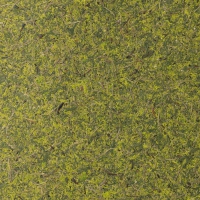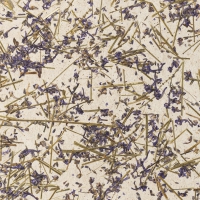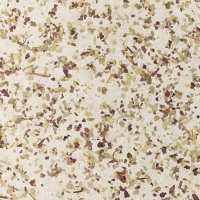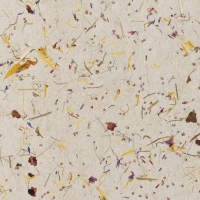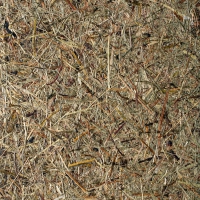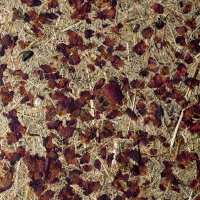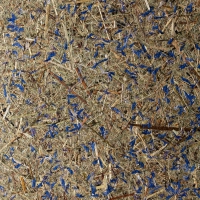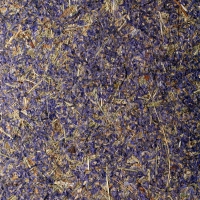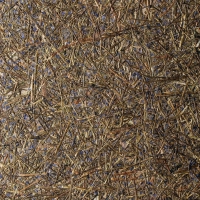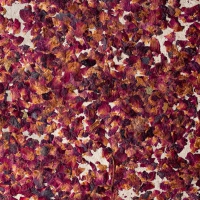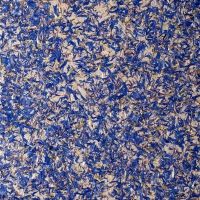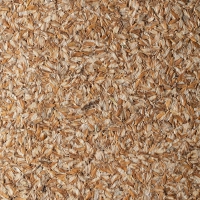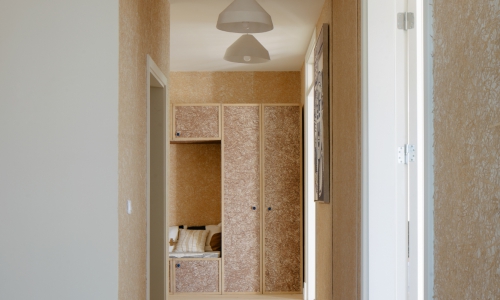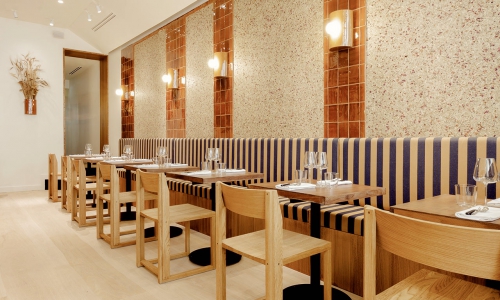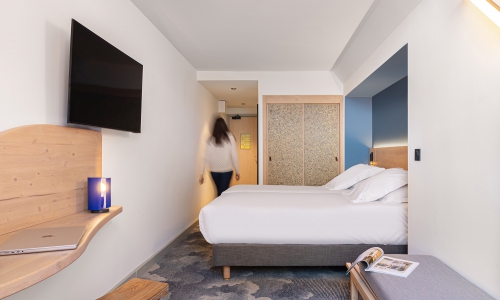SuperOrganic Collection
100% natural wall covering made from organic hay, flower petals, wood straws, etc. Available in large panel dimensions, SuperOrganic can be glued directly to the wall like a traditional wall covering.

Products
Available products for this surface
FAQs
At Ober, we are committed to offering innovations that take into account respect for the environment. With this idea of decorative panels based on flower petals, organic hay or wood straw, we quickly realized that it was much more than just an eco-designed product. Besides being 100% natural and recyclable, the surfacing, once installed in an indoor space, ensures optimal air quality and provides visual, olfactory and tactile comfort that appeals to all nature lovers.
The dimensions of the panels are 3.07 m x 1.30 m, except Champs d'été and Murs de fleurs 2.80 m x 1.02 m
Depending on the model, thickness ranges from 0.4 mm to 1.4 mm.
Important : The 1.3 m wide models are delivered oversized on the left and right sides of the panel. The density of the decoration is less important on these lateral overcuts areas. Therefore, it must be trimmed before installation.
For an order of several panels of the same model, we offer the possibility of not cutting them to length (e.g., 10 px of 3.07 m = 1 roll of 30.70 m). This allows the cabinetmaker to optimize his output according to the characteristics of the project.
The minimum order is 1 full size panel.
Receiving your order
Check that your shipment matches your order: models, sizes, quantities and condition of the goods. Linen models are supplied with an extra edge on each side and a width of 1.3 m. Therefore they need to be trimmed down before installation. The “Murs de fleurs" and “Champ d’été " models do not come with the extra edge. If in doubt, please contact our customer service department before starting installation.
Storage
Store the panels away from moisture and dust, preferably flat.
Preparing the surfaces
Walls must be smooth, clean and dry. Plasterboard or other excessively absorbent surfaces must be primed before gluing the panels.
Preparing the panels
SuperOrganic panels are decorated in a natural and random pattern. Therefore, each panel should be visually checked prior to gluing to determine the order of installation. For all models except “Murs de fleurs" and “Champ d’été", cut the two right and left side edges in parallel to bring the panels to a width of 1.3 m (standard width) as they often have fewer botanical patterns. The panels are to be cut manually using a utility knife (ideally with a 30°), a cutting ruler, scissors for thick fabrics or a universal electric shears.
Gluing
We recommend using ready-to-use wallcovering adhesives with a high content of dry extracts. See glue recommendations on the back of this document.
Do a preliminary test to choose your glue and determine the amount to be used. Apply the adhesive to the wall with an applicator roller, following the manufacturer's instructions. Use a flexible wallpaper spatula (e.g. Metylan) or a rubber roller, making sure not to crush the botanical pattern. The joints on the "edge to edge" or "double cut" panels must be carefully smoothed out using a foam roller. Wipe off any excess glue immediately with a sponge moistened with warm water.
SuperOrganic surfaces are not designed to be varnished just like a stretched fabric or a typical wall covering (Nobilis, Arte, Elitis, ...etc.). They are used "au naturel," without finish, in order to preserve their untreated and natural quality. In this way, everyone will instantly recognize the aesthetic, olfactory and sensory qualities of a material straight from nature.
For some specific applications (e.g., credenzas, bathroom furniture, floors, etc.), it is possible to varnish or oil the surfaces of SuperOrganic by Oberflex panels with traditional products. In this case, we recommend that a preliminary test be carried out to confirm the aesthetic appearance and mechanical resistance of the product used.
We do not put any additives in or on SuperOrganic surfaces. They are 100% natural, therefore, they do not have a specific fire resistance rating.
For a direct installation on walls made of plaster or plasterboard(non-flammable), there is usually no particular requirement due to the reduced thickness of the SuperOrganic surface. However, a colorless intumescent coating can be applied after installation.
For some applications such as for high-rise or public buildings, the control office will be able to specify its requirements according to the type of use and the calorific value of the selected model (thickness and density).
If the surface is mounted on a panel, you can reapply the thin surface onto a fire-resistant substrate and/or apply a fire-retardant varnish to it.
We also offer systems of laminated panels with a Bs1d0 rating. These are made of SuperOrganic surfaces (Alpages and Alpages+ models) glued onto a non-flammable substrate (vermiculite type).
Upcycling is the process of recovering materials or products that are no longer used in order to transform them into materials or products of superior quality or utility. One of the primary benefits of upcycling is its positive impact on the environment.
As it relates to SuperOrganic surfaces, upcycling, for example, involves recovering spelt husks meant to be discarded from local flour mills, to make a decorative coating (spelt model). It also means recovering scraps of oak and walnut veneer used to manufacture Oberflex panels to make fine flakes and bind them together ("Oak Straw" and "Walnut Straw" models).
The plant components (hay, flower petals, etc.) come mostly from the Alpine mountains, and more particularly, from the Austrian Tyrol, known for its very diversified nature and the beauty of its landscapes. Depending on the altitude, one can find a multitude of fertilizer-free wild grasses, lark's feet, purple blueberries, blueberries, daisies, mosses, etc. The mountain pastures are harvested in August to promote regrowth and limit the risk of avalanches in winter.
Some flowers, such as lavender and rose, come from organic crops grown in France.
The "Paille de Noyer" and "Paille de Chêne" models are made with veneers from Ober workshops in the east of France.
There are no plastic or ferrous substances in SuperOrganic products. They are therefore 100% biodegradable.
SuperOrganic surfaces, as such, improve the acoustic comfort of interior spaces.
The soft and porous nature of the surface alone gives it sound absorption qualities.
For optimum absorption, Oberflex suggests veneering the surfaces onto perforated substrates. In this way, the sound wave is absorbed and almost entirely transmitted to the substrate.
Acoustic panels are made of a non-perforated SuperOrganic flexible panel (any model of your choice except "Mur de fleurs" and "Champ d'été"), glued onto a perforated MDF substrate and covered with black felt on the back side. The perforation is therefore not visible and the 100% natural decor remains identical to that of the other panels.
SuperOrganic surfaces on Flax are "acoustically transparent". Their acoustic performance will therefore be that of the perforated MDF panel used as a backing for the back of the SuperOrganic surface. Example: Perforated substrate with an 8 mm diameter and a 16 mm center distance, the coefficient αw = 0.75 (see acoustic performance on page 126 of the Oberflex catalog).
Just like for textile tapestry, unvarnished SurperOrganic surfaces can be vacuumed or cleaned using a lightly moist soft cloth. Do not use detergents or other cleaning products.nettoyage.




